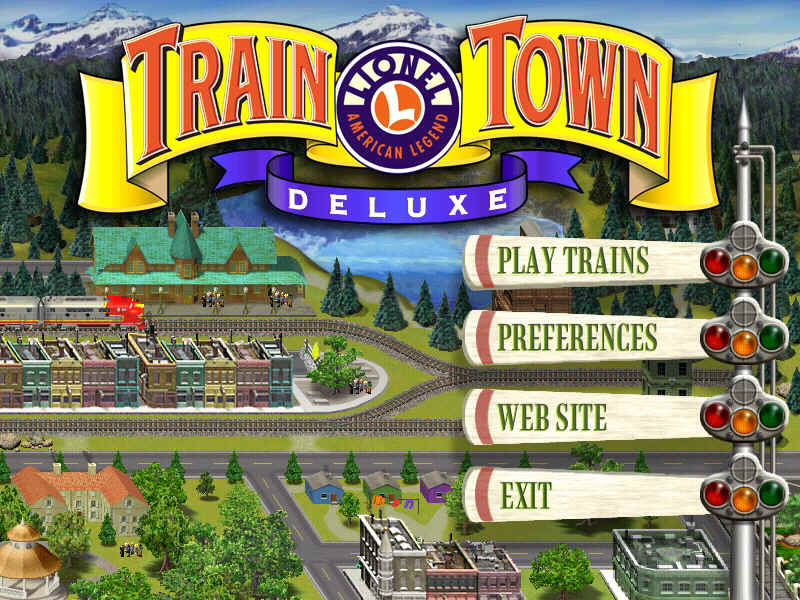

Delivered in December 1900, it operated on a brass track and was powered by a battery and a motor Cowen originally intended to use in an electric fan. Cowen hoped to use the public's fascination with railroads and electricity to capture the public's attention and direct it to the goods for sale. Members of the public started approaching store owners about buying the trains instead, prompting Lionel to begin making toy trains for the general public. Lionel ended up selling 12 examples of the Electric Express. Recently however, the 2014 edition of Greenbergs Guide to Lionel trains standard and 2 7/8" gauges has concluded that the first Lionel product was the motorized Converse Trolley, with the electric express being made to diversify the motor's use. Lionel's earliest trains were larger than the sizes commonly available today, running on two-rail tracks with the rails 2 7⁄ 8 inches apart. In 1906, Lionel began offering a three-rail track that simplified wiring of reverse loops and accessories.

Its outer rails were 2 1⁄ 8 inches apart, which did not match any of the existing standards that other manufacturers had been using since 1891. Whether this was an accidental misreading of Märklin's 2 gauge specifications or an intentional incompatibility is unclear, but Lionel marketed this non-standard track as "The Standard of the World," and soon adopted the name in its catalogs as Standard Gauge and trademarked the name. companies began using Lionel's standard, they usually called it wide gauge. Starting in 1915, Lionel followed most of its U.S. competitors and adopted the smaller O gauge standard for its budget-level trains.īy the end of World War I, Lionel was one of three major U.S. toy train manufacturers, and it grew rapidly due to shrewd marketing. Cowen began getting department stores to incorporate his toy trains into their Christmas tree displays, linking toy trains to Christmas and making them popular Christmas presents. Lionel made its trains larger than its competitors', making them appear a better value.Ĭompetitors criticised the realism of Lionel's trains - Cowen had been unwilling to invest in the equipment necessary for lithography, so its early offerings were simply painted in solid colors of enamel paint with brass detail parts.


 0 kommentar(er)
0 kommentar(er)
